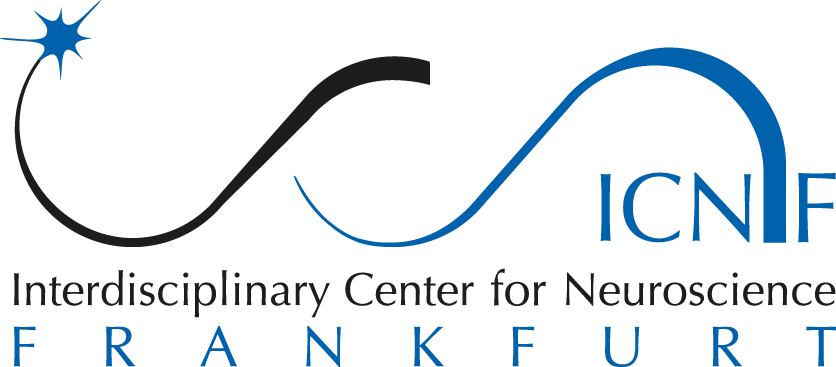Scientific Focus
My group is investigating basic mechanisms of pain and inflammation with the final aim of elucidating novel therapeutic drug targets. On the one hand we are generally interested in regulations of protein and microRNA levels in the spinal cord and the DRGs after peripheral nociceptive stimulation. On the other hand, we are particularly focussing on different kinases which might have an impact on nociceptive transmission and processing. These kinases comprise I-kB kinase epsilon as well as AMP-activated kinases.
Methods
– Cell culture of primary cells (neurons, astrocytes) and permanent cultures (e.g. macrophages)
– Protein/peptide analysis by immunohistochemistry, Western Blot and 2D gel electrophoresis
– RNA analysis by in situ hybridization, quantitative RT-PCR
– Transcription factor analysis
– In vivo rodent models for inflammatory and neuropathic pain, analysis of mechanical, heat and cold hyperalgesia and allodynia, motor coordination
Selected Publications
Niederberger E, Resch E, Parnham MJ, and Geisslinger G. Drugging the pain epigenome. Nat Rev Neurol 2017 Jul;13(7):434-447. doi: 10.1038/nrneurol.2017.68
Möser CV, Möller M, Fleck SC, Thomas D, Geisslinger G, and Niederberger E. Inhibition of the protein kinase IKKepsilon attenuates neuropathic pain in mice. Neuropharmacology 2019, 146:198-211
Niederberger E, Parnham MJ, Maas J, and Geisslinger G. 4Ds in health research—working together toward rapid precision medicine. EMBO Mol Med 2019, doi: 10.15252/emmm.201910917.
Möller M., Möser C.V., Weiß U., Niederberger E. (2022), The Role of AlphαSynuclein in Mouse Models of Acute, Inflammatory and Neuropathic Pain. Cells. 11(12):1967. doi: 10.3390/cells11121967.
Niederberger E, Möller M, Mungo E, Hass M, Wilken-Schmitz A, Manderscheid C, Möser CV, Geisslinger G. (2023), Distinct molecular mechanisms contribute to the reduction of melanoma growth and tumor pain after systemic and local depletion of alpha-Synuclein in mice., FASEB J.;37(12):e23287. doi: 10.1096/fj.202301489R.

